The Eastern Mud turtle is a popular pet. They can live for up to 50 years and are fun to watch as they explore their enclosures. Eastern Mud turtles are also known as Common Mud turtles,
They are relatively manageable, even though they are not the most handleable turtles. They are good pets for beginners who have some experience with water tanks, even if they need a larger tank. Eastern Mud turtles are not great swimmers, so they will often walk along the bottom of rivers or enclosures.
If they feel threatened, Eastern Mud turtles can produce a foul-smelling defensive Musk. therefore, Musk turtles are related to Eastern Mud turtles. Eastern Mud turtles are known to burrow into the mud in the colder months. If their home pond dries up, they will do this many times.
Eastern Mud turtles can be found in a wide range of colors, from brown to green to yellow. Their shells don’t have any clear markings and slope slightly at the front, but then drop abruptly at the back and sides. They have large brown or brown-colored plastrons and their dark gray skin is often covered with mottled markings.
Eastern Mud turtles live in shallow, slow-moving waters in swamps and other wetlands. This allows them to hide and hunt down their prey.
Eastern Mud Turtle Behavior
These little turtles are cute, but don’t assume they will be friendly or submissive. Eastern mud turtles are quite snarky and may bite if they feel provoked or nervous. Picking up or touching an eastern mud turtle should be avoided. Do it when necessary.
If you smell a foul odor from your mud turtle, you might become concerned. Eastern mud turtles can make an awful-smelling liquid to scare off predatory animals and are related to musk turtles. Most mud turtles raised in captivity will never use this defense mechanism, but owners should know that mud turtles do have the capability to produce a smell.
eastern mud turtle feeding
The majority of the diet of eastern mud turtles is comprised of worms, fish, snails, and other foods found in ponds. Until satiation, every other day, offer a single meal of a certain type. Turtle pellets are a good addition to their captive diet.
They should be given fresh parsley and dandelion greens, as well as other salad greens if they want to eat a lot of dark green leafy vegetables. For hatchlings, give them calcium supplements daily and three times a week for adults. It is recommended that food be provided several times during the week. Feed a single meal a day to insects, snails, worms, or small fish.
Although it’s not ideal to handle eastern mud turtles frequently, some owners create a separate sub-enclosure for feeding their pets, since mud turtles are extremely messy eaters. If you don’t want them to be moved to a feeding area, be aware that you may need some time to clean up after feeding.
Mud turtles do spend a lot of their time in the water. To keep the water in your turtle’s tank fresh and aerated, use a canister or submersible filter. Run water over the rocks in the tank with bleach to rinse off the bleach before placing it back in the enclosure to keep the water clean.


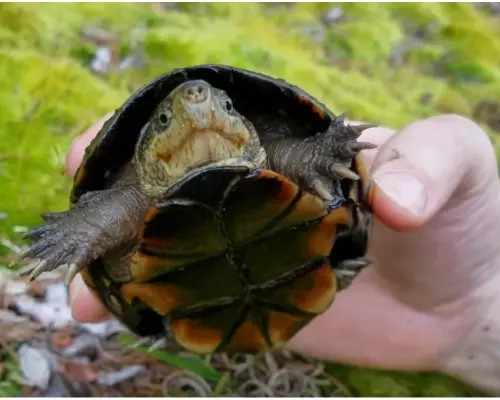
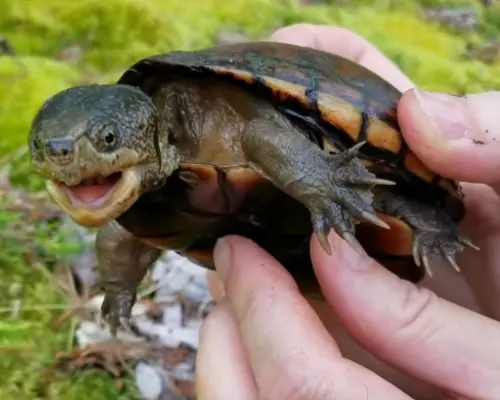





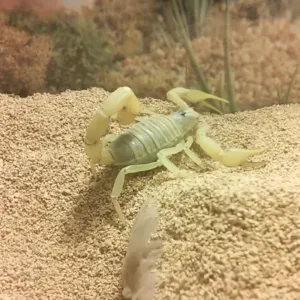

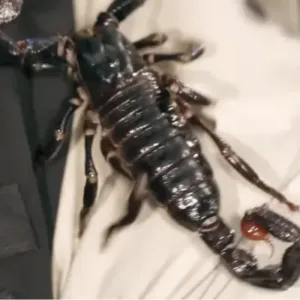
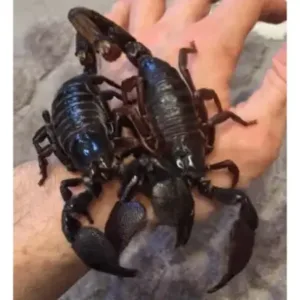
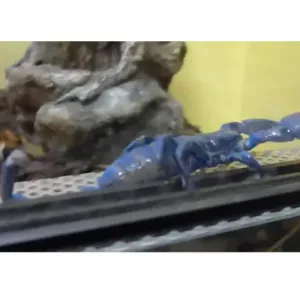

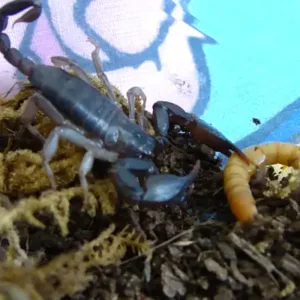

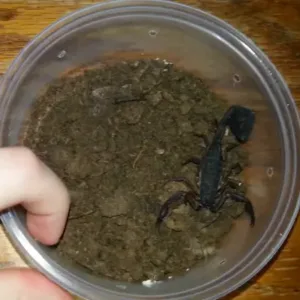
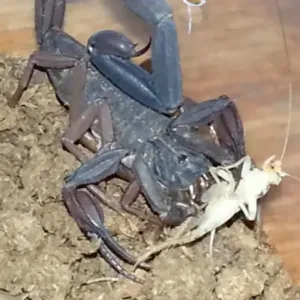
Reviews
There are no reviews yet.